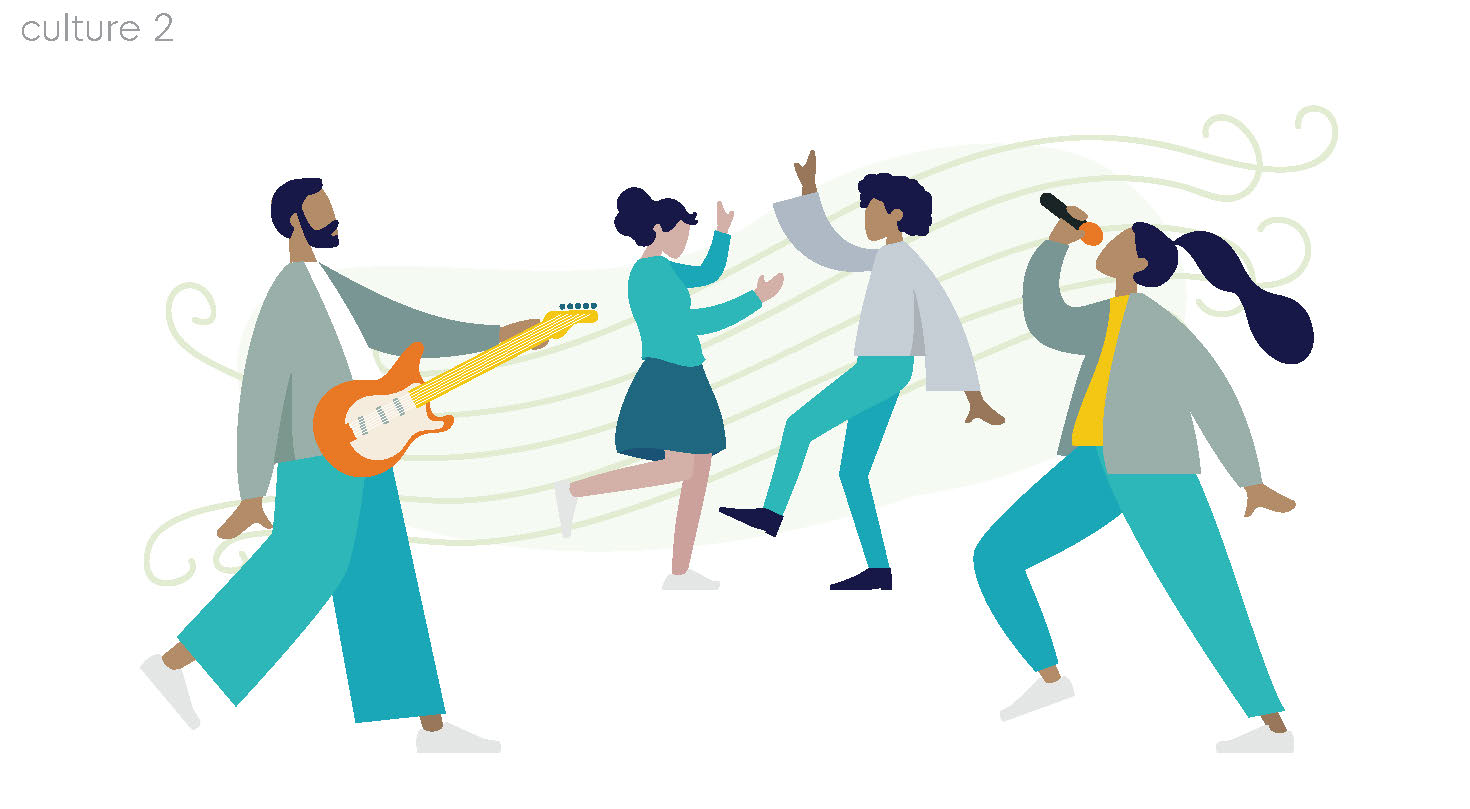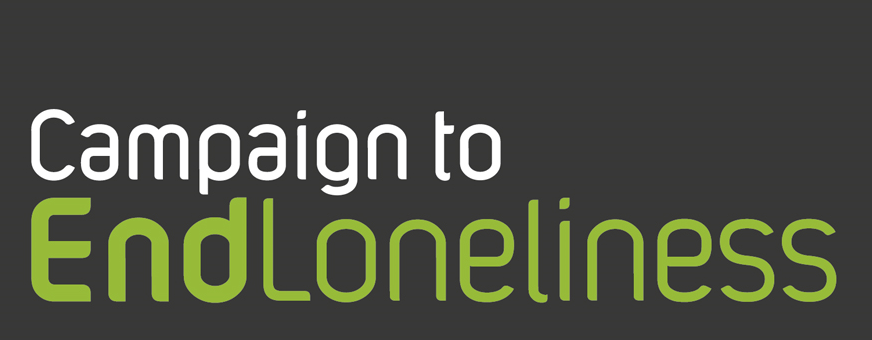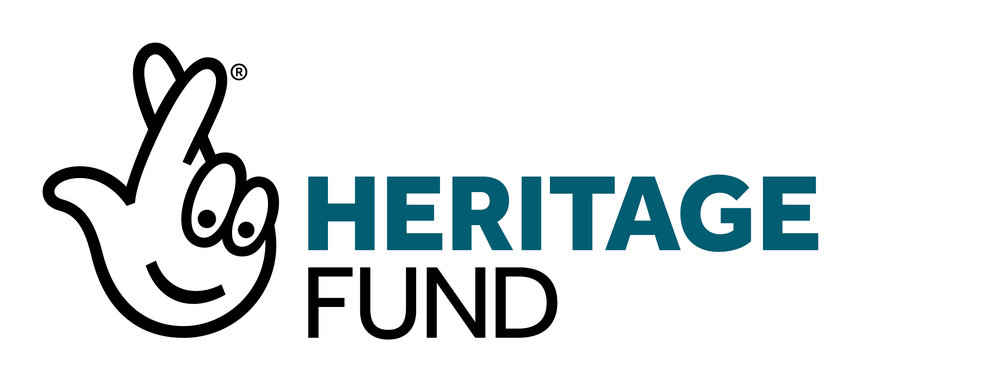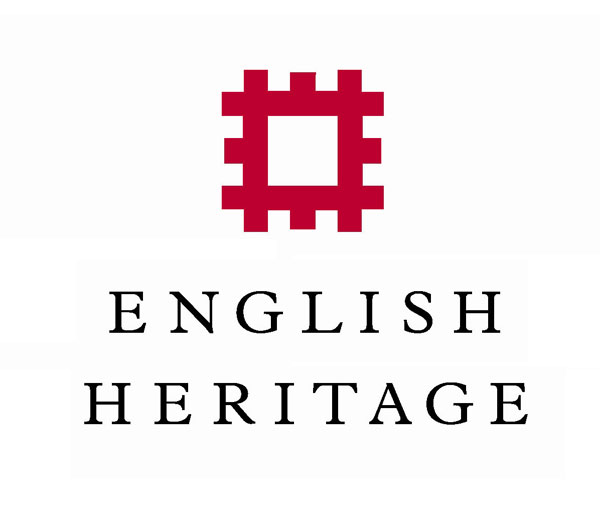Culture, arts and sport
Spending our leisure time doing things we enjoy may be good for our wellbeing. But when it comes to carrying out projects and programmes to improve wellbeing, what works to make the biggest wellbeing impact? Do all interventions work for everyone, and under what conditions?
The Centre has carried out evidence reviews on the wellbeing impact of :
People
-
Ingrid Abreu Scherer
-
Joanne Smithson
How can we turn evidence into action?
Overall, building the evidence on wellbeing in culture and sport will help to understand what works for wellbeing, for whom, when and where.
Music
There is a strong case for local authorities, trusts and foundations to continue supporting of music and singing activities which enhance and maintain subjective wellbeing in adults.
There is a particularly strong case to support participatory music and
singing programmes which can help to maintain wellbeing and prevent
isolation, depression and mental ill health in older adult age groups.
Trusts and foundations, or any organisation funding music and singing projects, can play an important role in developing the evidence base.
This can be done by supporting and evaluating activities where there
is less evidence – for example, projects for young offenders or marginalised groups – to better understand the impact.
Sport and dance for young people
Overall, participation in sport and dance activities are positive for
wellbeing. For commissioners interested in wellbeing as well as physical and mental health, there is a case for supporting sport and dance programmes for young people.
However, in the published literature from the past 10 years, there is limited good quality evidence, and very little conducted in the UK.
How do we fill the evidence gaps? Embed evaluation into commissioning of sport and dance programmes, as well as design and delivery. Funding bodies also need to request wellbeing evidence and fund evaluations for programmes to be able to carry out evaluations.
Experiences are also important for understanding impacts: evaluating wellbeing ‘in the moment’ will give us a different understanding from people’s overall assessments of life and their wellbeing.
Outdoor recreation
The evidence points to a positive link between participation in outdoor
activities with family and friends and wellbeing.
There is a case for promoting outdoor recreation, especially as a family-orientated activity at a national level. But there are still a lot of unanswered questions given the limited amount of evidence and its low quality.
National agencies can have a key role in promoting agreement on definitions and developing relevant measures of wellbeing outcomes at a national level. This consistent use of wellbeing outcomes as an evaluator will allow for comparisons across the different activities in this area of interest.
They should also promote the development of a programme of wellbeing evaluation training. This would be highly useful to support service providers and key stakeholders in the outdoor recreation sectors. It would eventually ensure that a comprehensive programme of delivery includes
appropriate and rigorous monitoring and evaluation.
Visual arts for people with mental health issues
Evidence shows that visual arts activities, of various kinds, can reduce
depression and anxiety and increase confidence and self-esteem.
How? Engagement with visual arts can support phased progress towards
recovery, re-engagement with ‘everyday life’ and other people in a local
culture and community.
The creative process can help participants immerse themselves and escape from everyday anxieties and in some cases, thrive with the new identity of ‘artist’ or member.
It matters how activities are run. The most effective interventions provided:
- safe spaces where people did not feel stigmatised
- facilitation by empathetic teams of practitioners/researchers.
Heritage
Evidence shows impacts on individual wellbeing, including outcomes
such as increased confidence, social connectivity and life satisfaction.
However, the quality of the studies in our scoping review is mixed.
There is also some higher and lower quality evidence on community
wellbeing impacts, including outcomes on social relationships, sense
of belonging, pride of place, ownership and collective empowerment.
There is a need to view the impacts of heritage places and assets through an inequalities lens that focusses attention on positive and negative impacts and the distribution of impacts within, and across, different population groups.
No evidence for your activity?
A lack of evidence does not mean that there are no wellbeing benefits from taking part. It only shows that no-one has measured the wellbeing impacts.
You can help us to understand the effect of different physical activity and improve the evidence base by evaluating the wellbeing impacts of your projects and programmes. Find out how to measure your wellbeing impact.




